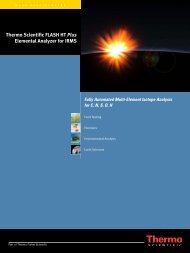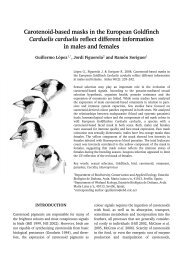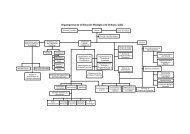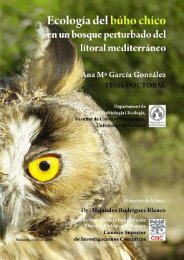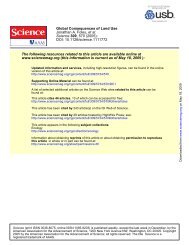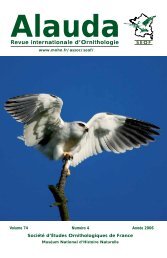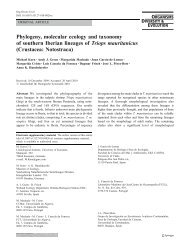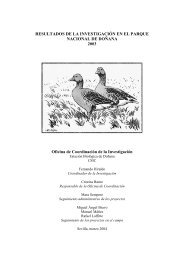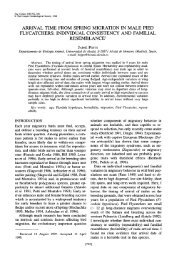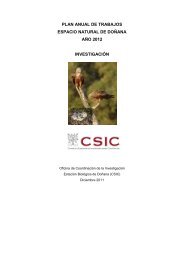Voucher Specimen Collection Preparation Identification and Storage ...
Voucher Specimen Collection Preparation Identification and Storage ...
Voucher Specimen Collection Preparation Identification and Storage ...
You also want an ePaper? Increase the reach of your titles
YUMPU automatically turns print PDFs into web optimized ePapers that Google loves.
• Aquatic <strong>and</strong> Marine Invertebrates: 10 - 15 lots<br />
2.6.3 Museum <strong>Storage</strong><br />
Only voucher specimens collected to the st<strong>and</strong>ards outlined herein will be stored at the Royal<br />
BC Museum. Such storage will be for a minimum period of five years or such time as is<br />
negotiated between the collecting agency <strong>and</strong> the Royal BC Museum. Beyond this “voucher<br />
storage period” some specimens may become part of the Royal BC Museum’s permanent<br />
collection.<br />
2.7 Material Specifications <strong>and</strong> <strong>Collection</strong> Costs<br />
2.7.1 Material Specifications<br />
As emphasized in the previous sections, specimens must be collected, prepared, labelled <strong>and</strong><br />
contained properly to be accepted by the museum. For each taxon group you will find a<br />
section that describes the specific equipment required for preparing <strong>and</strong> storing specimens. It<br />
is very important that specified materials are used as this will ensure that specimens arrive at<br />
the museum in the appropriate form <strong>and</strong> will prevent re-doing specimens which wastes both<br />
time <strong>and</strong> money.<br />
<strong>Storage</strong> - General Information<br />
Wet specimens are stored in brasilicate glass jars, covered by a polyethylene lid with a<br />
polyethylene gasket. Oversize specimens are stored in plastic vats. The preserving fluid is<br />
isopropanol except in entomology where the preserving fluid is ethanol. A 45 gallon drum of<br />
99% isopropanol is approximately $280.00 <strong>and</strong> a 5 gallon pail of 95% ethanol is<br />
approximately $100.00.<br />
Dry specimens are pinned <strong>and</strong> stored in unit trays in cabinets (entomology), stored in Durphy<br />
boxes in Lane cases or are stored on shelving in Lane cases.<br />
2.7.2 Costs<br />
At first glance, it may seem a simple matter to deal with specimens from an inventory<br />
project. Inventory personnel might collect samples, put the specimens in jars <strong>and</strong> ship them<br />
to a museum to h<strong>and</strong>le. However, when examined in detail, it becomes apparent that the<br />
costs of collecting the organisms are just a fraction of the total financial picture. For<br />
example, Scudder (in press) calculated that for a sampling period of one night per week over<br />
seven months for terrestrial arthropods, processing <strong>and</strong> identifying only the moths caught<br />
(excluding other insects), would take one person approximately four months to accomplish!<br />
<strong>Collection</strong> costs include not only the actual cost of collecting a specimen in the field, but the<br />
costs associated with preparing, storing <strong>and</strong> maintaining the collection. All these elements<br />
must be considered when making a budget.<br />
12 June 9, 1999



